
weapons
Arming Atrocities
Legal Implications of Arms Transfers to Genocidal Regimes
Following October 7, 2023, the weaponry Israel has deployed in Gaza and the West Bank has drawn significant attention due to its devastating impact on civilian life. Reports indicate that airstrikes have utilized a range of advanced munitions, including precision-guided bombs and missiles, which target specific locations but often result in mass fatalities leading to over 40,000 deaths, over 17,000 of which are children and babies. There has been over 104,000 civilian injuries including first degree burns and limb amputations. Additionally, artillery shelling and drone strikes have increased, leading to extensive destruction of infrastructure and residential areas making most of Gaza unhabitable.
Killed: at least 44,870 people, including 17,492 children
Injured: more than 104,473 people
Missing: more than 11,000
Killed: at least 794 people, including at least 167 children
Injured: more than 6,250 people
In this evidence package we have collected firsthand videos and images of mass bombings in action, remnants of the bombs containing manufacturer serial numbers left behind in residential homes in Gaza, bullet casings, Israeli snipers bullets and Quadcopter - drone bullets being surgically removed from civilians including medical staff and children and the use of whit phosphorus bombs which are internationally banned. We have logged the serial numbers, victim information, date and location of each incident and the evidence source which is 99% original (firsthand).
List of U.S. weapons sued by Israel Source: TRT World
Click on images for original sources
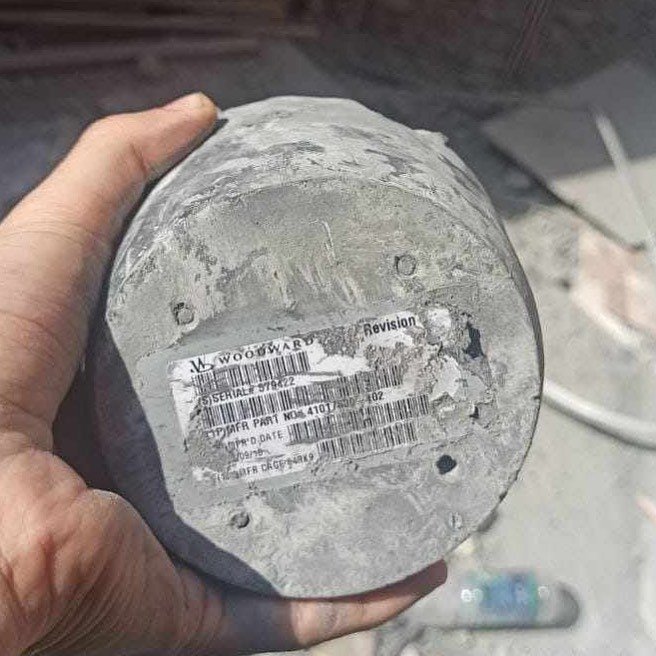
Photo by Yousef Mema

Video by Humanity for Gaza

Photo by Dr. Jamal M. Salha

Photo by Dr Mohammed Tahir FRCS.

Video by Hatem H. Rawagh

Photo by Ahmed A. Abuseifan

Video by Hassan Aslih

Video by Mahmoud Abusalama

Video by Hisham Abu Shaqra

Video by Ezz Lulu

Videoby Hassan Aslih


Photo by Mahmoud Al-Awadia

Photo by Dr Mohammed Tahir FRCS.

Video by Hussein Karsoua

Video by Hisham Abu Shaqra

Photo by Dr. Khaled Serr

Photo by Dr. Khaled Serr

Photo by Dr. Khaled Serr

Video by Mahmoud Abusalama

Photo by Muthanna Al-Najjar

Photo by Hossam Shabbat

Video by Mahmoud Abusalama
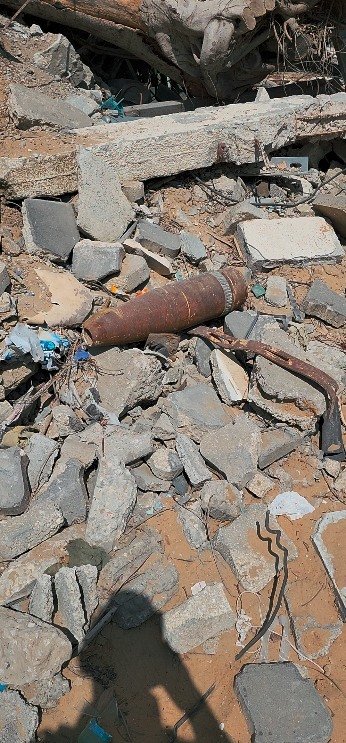
Video by Yahya Al-Awadhiya

Photo by Majdi Fathi

Photo by Mahmoud Abusalama

Video by Hossam Shabbat
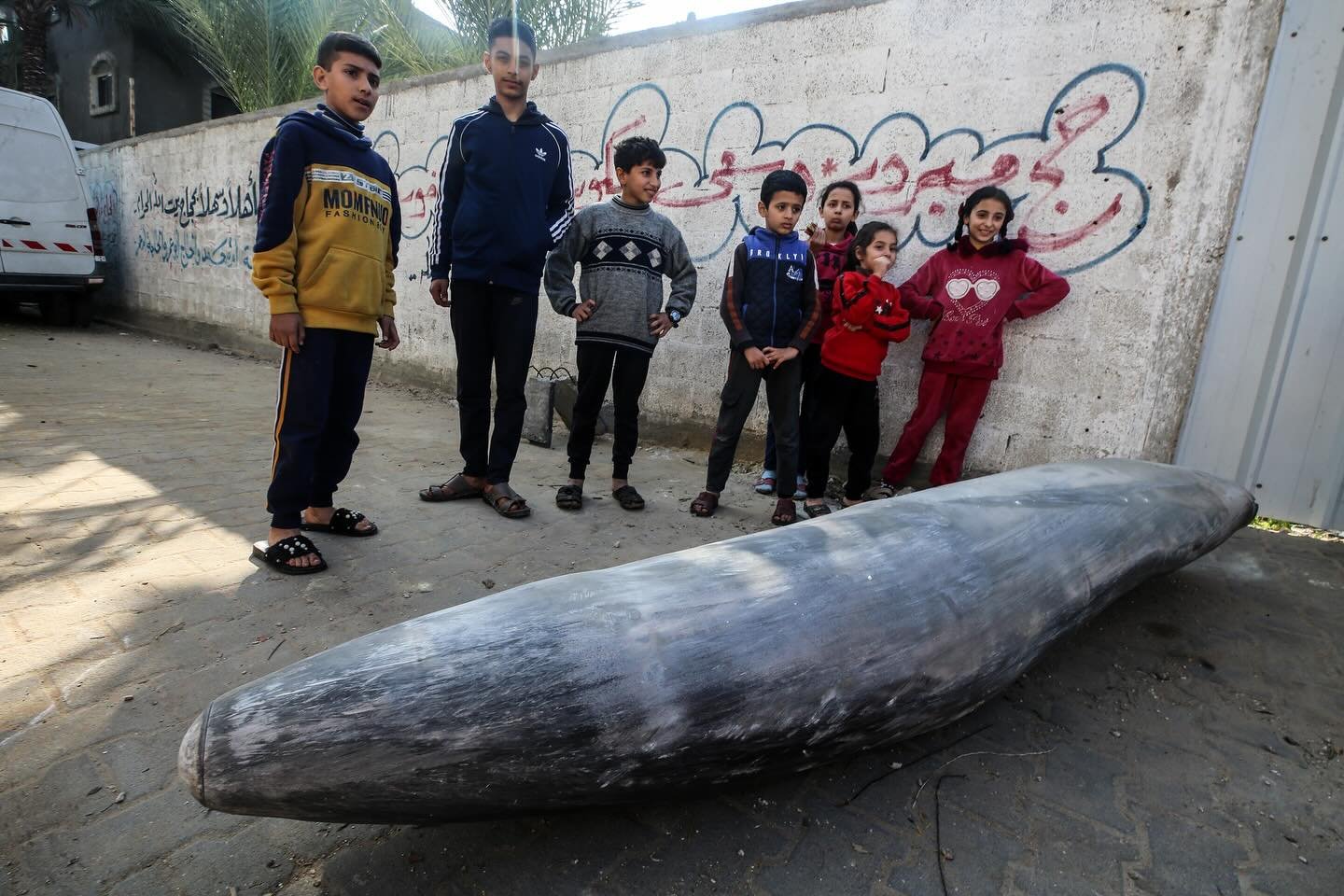
Photo by Majdi Fathi

Video by Palestine Pixel

Video by Youssef Albahtini

Video by Yasser A. Alostath

Video by Tariq Dahlan

Video by Hatem H. Rawagh

Photo by Know.nuraldin
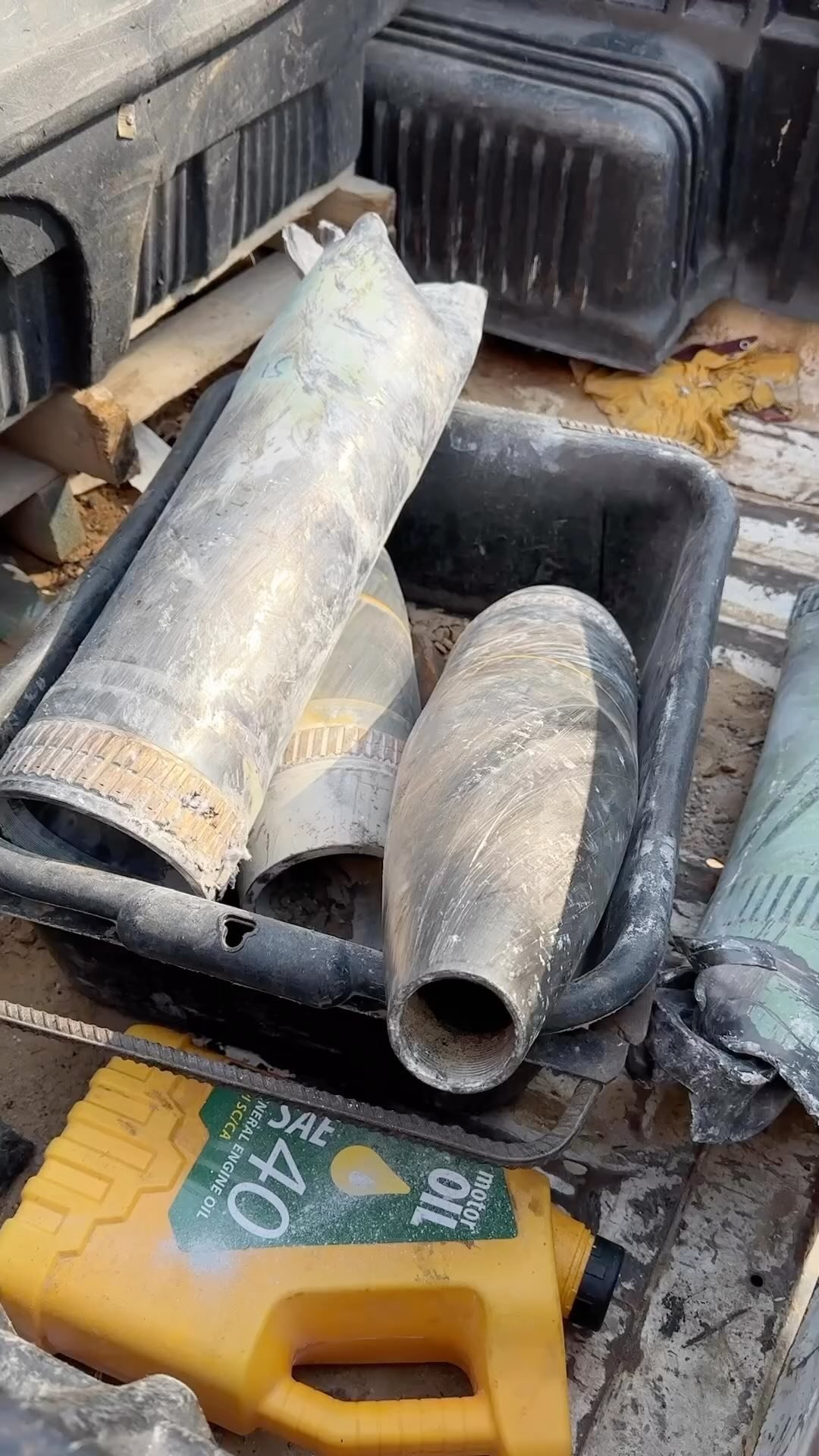
Video by Motaz Azaiza
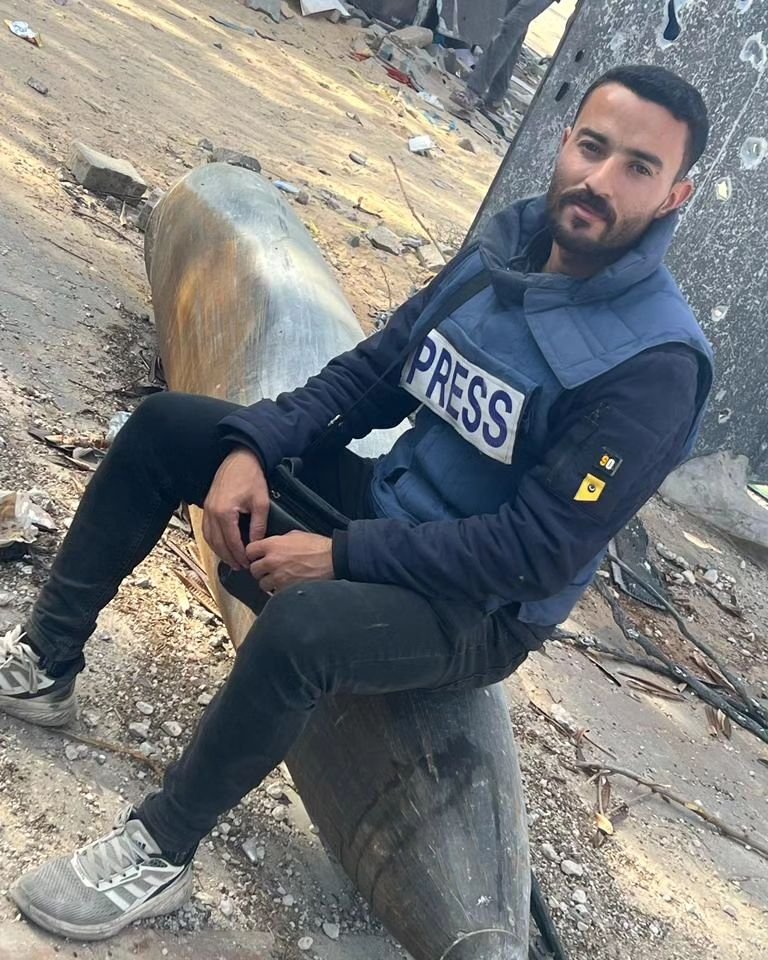
Video by Momin Abu Owda

Photo by Ismail al Ghoul

Video by Hatem H. Rawagh

Video by Hassan Eslaih

Photo by Ismail al Ghoul

Video by Munir Raed Halabi

Video by Momin Abu Owda
Providing arms to a country that is committing genocide is illegal under international law, specifically as outlined in the Geneva Conventions and the Rome Statute. The Geneva Conventions, which establish the standards of international humanitarian law, prohibit the supply of arms to parties engaged in systematic and widespread violations of human rights, including genocide. Similarly, the Rome Statute of the International Criminal Court clearly defines genocide and holds individuals criminally responsible for acts that contribute to its commission. Engaging in arms transfers to a state perpetrating such atrocities not only undermines international efforts to uphold human rights but also implicates the suppliers in the complicity of these heinous acts, thereby demanding accountability under both humanitarian law and international criminal law.
Under the Convention on the Prevention and Punishment of the Crime of Genocide, there are explicit legal implications for actions taken by individuals or nations that contribute to the commission of genocide. The Act defines genocide in terms of specific acts intending to destroy, in whole or in part, a national, ethnical, racial, or religious group.
Article 3 of the Act elaborates on what constitutes complicity in genocide. It asserts that individuals or entities that contribute to the commission of genocide, either through direct involvement or by providing assistance, can be held accountable. This includes individuals or nations that send money or weapons to a country engaged in genocidal acts, as such support can significantly bolster the capacity of the perpetrators to carry out these atrocities.
Financial assistance or military supplies provided to a regime committing genocide can be interpreted as complicity, as these resources enable the ongoing violations of human rights against targeted groups. The provision of such aid contradicts the objectives of the Genocide Prevention Act, which aims to prevent further violence and protect vulnerable populations.
In summary, the Genocide Prevention Act, particularly through its provisions on complicity, clearly prohibits actions that facilitate genocide. Sending money and weapons to a state engaged in such activities not only undermines efforts to halt the atrocities but also exposes the suppliers to potential legal accountability under international law.
Article 3: Convention on the Prevention and Punishment of the Crime of Genocide
Article III The following acts shall be punishable: (a) Genocide; (b) Conspiracy to commit genocide; (c) Direct and public incitement to commit genocide; (d) Attempt to commit genocide; (e) Complicity in genocide.
The International Court of Justice (ICJ) has determined that there is a plausible case for genocide being committed by Israel against the Palestinian population. This ruling calls into question the actions and policies of the Israeli government regarding its treatment of Palestinians, particularly in Gaza and the West Bank.
A ruling that identifies plausible genocide implies that the situation has met certain thresholds defined under international law, including the intent to destroy, in whole or in part, a national, ethnical, racial, or religious group. This categorization places a significant moral and legal obligation on the international community to respond.
Countries that continue to provide military aid and financial support to Israel in the wake of this ruling may find themselves complicit in these alleged violations. Such support could be construed as endorsing or enabling actions that the ICJ has classified as potentially genocidal. This complicity may result in international condemnation, legal repercussions, or significant political backlash.
Furthermore, adherence to international humanitarian law requires states to ensure they are not contributing to or facilitating violations of rights on the scale that has been described by the ICJ. The ruling puts pressure on donor nations to reassess their relationships with Israel, considering the increasing scrutiny on human rights practices and the implications of their financial and military support. As a result, continued aid could trigger serious ethical and diplomatic dilemmas for these countries and may alter their standing in the international community.
Geneva Conventions. (1949). Convention (IV) relative to the Protection of Civilian Persons in Time of War. United Nations Treaty Series, vol. 75, p. 287.
Rome Statute of the International Criminal Court. (1998). Retrieved from https://www.icc-cpi.int/resource-library/Documents/RS-Eng.pdf
Convention on the Prevention and Punishment of the Crime of Genocide. (1948). Retrieved from https://www.un.org/en/genocideprevention/genocide-convention.shtml
International Court of Justice. (2024). Case concerning the application of the Convention on the Prevention and Punishment of the Crime of Genocide (South Africa v. Israel). ICJ Reports.
Sarkha Project is currently engaged in the meticulous processing of evidence pertaining to documented human rights violations against the illegal use of weapons against the civilians population in Gaza and the West Bank; however, we recognize the urgency of your request. Accordingly, we invite you to submit an evidence request in advance. While we are unable to provide immediate access to the processed materials, we assure you that once the analysis is complete and the evidence is validated, we will promptly fulfill your request. This procedure underscores our commitment to ensuring that all disseminated information adheres to our rigorous standards of accuracy and integrity.
The images displayed in the gallery above are not owned by Sarkha Project and are used solely for educational and informational purposes related to the documentation of human rights violations. If you are the copyright holder of any image and wish to have it removed, please contact us directly, and we will promptly address your request. All efforts have been made to credit the respective owners, and we respect all copyright laws.